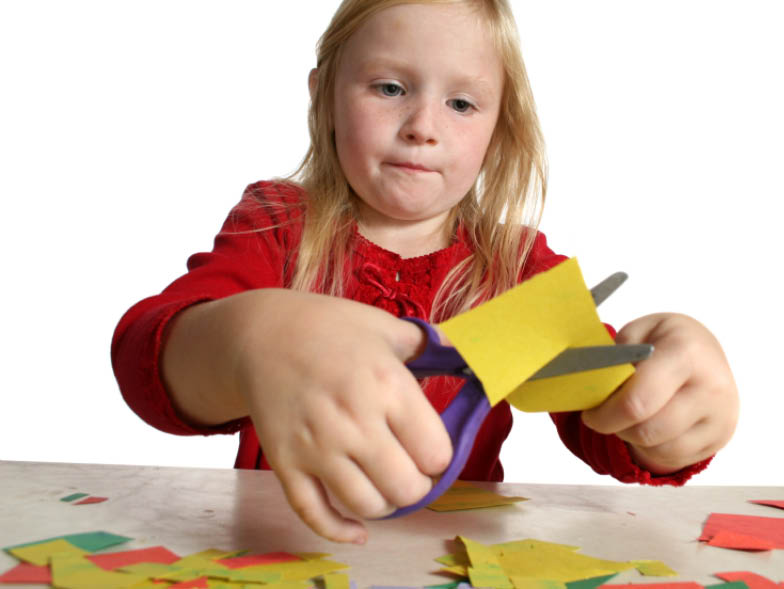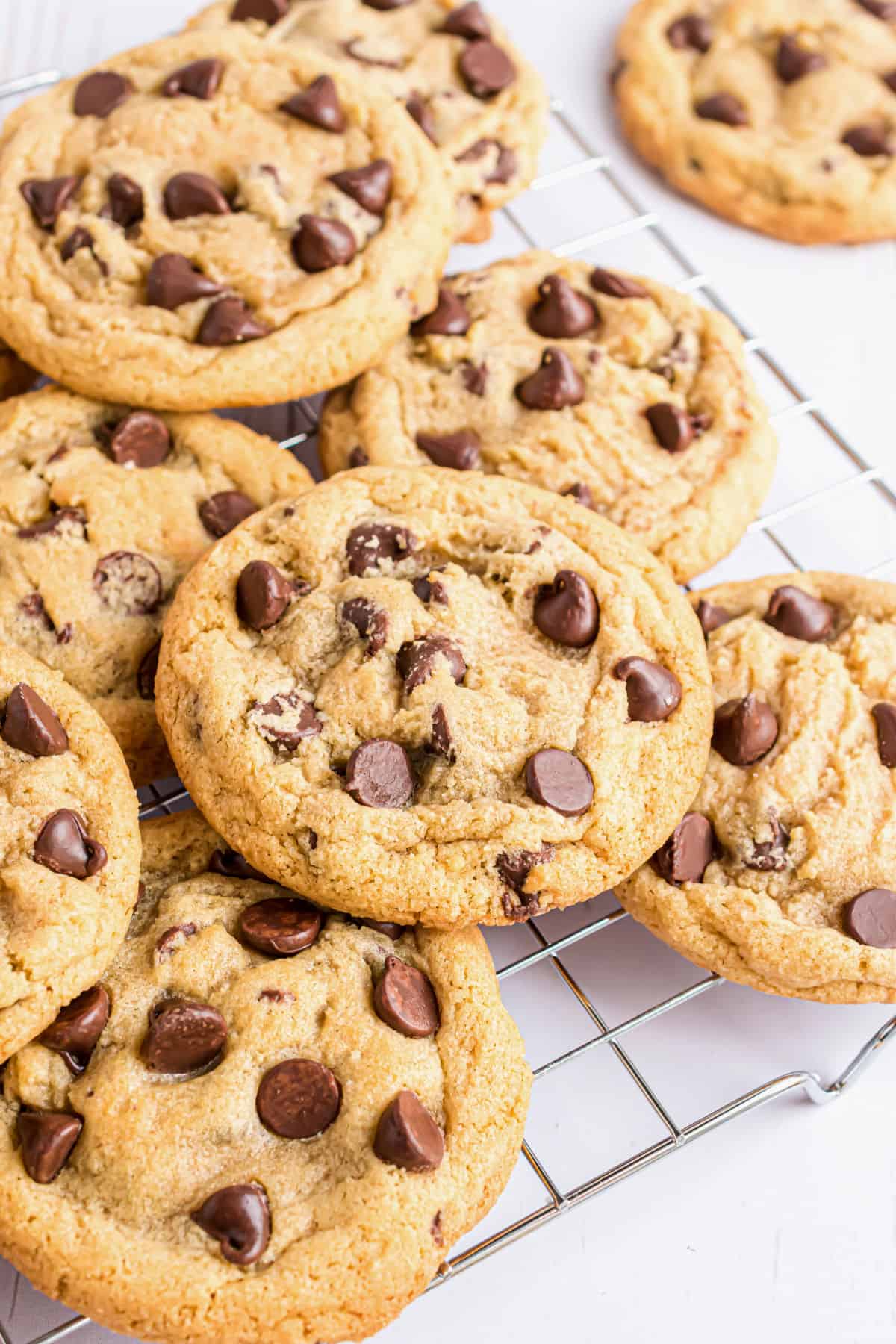If a substance undergoes only a phase change (solid to liquid, liquid to gas, etc) we are witnessing this.
What is a physical change?
The smallest indivisible unit of matter.
What is an atom?
Name the 3 formulas to find density, mass and volume.
D = M / V
M = V x D
V = M / D
Name the 3 states of matter.
Solid
Liquid
Gas
The following units are used when measuring this.
grams
kilograms
ounces
Mass
Bubbling and fizzing (the production of gas) is indicative of this.
What is a chemical change?
Two or more atoms of the same OR different element bound together chemically.
What is a molecule?
Find the density of carbon dioxide gas if the mass is 0.196 grams and the volume is 100 mL.
0.00196 g/mL
This atomic structure model represents the element _______. Explain how you know.
Carbon
Why: the model has 6 protons, neutrons and electrons and the atomic number of carbon is 6.
The units below are used when measuring this.
liters
milliliters
cubic centimeters
What is volume?
In this image, the girl is demonstrating which kind of change?

Physical change (cutting paper)
Two or more different elements that are chemically bonded together.
What is a compound?
Find the mass of a sample of gasoline with a density of 14.5 g/mL and a volume of 250 mL.
3625 grams
A homogenous mixture can also be called this.
What is a solution?
There are this many significant figures in the following number:
508.0 Liters
What is 4 significant figures?
In this image, the person is demonstrating which kind of change and why?
Physical change (dissolving sugar in coffee does not change the coffee chemically)
Name the 3 subatomic particles and their charge.
Proton - Positive
Neutron - No charge
Electron - Negative
What is the volume of a block of metal that has a mass of 56.8 grams and a density of 1.45 grams per cubic centimeter?
39.17 cubic centimeters
These chocolate chip cookies are an example of this classification of matter.

What is a heterogenous mixture?
This number written in scientific notation.
0.000556 grams
What is 5.56 x 10-4 grams?
The measurement of the amount of mass per unit of volume of a substance.
What is density?
Name the location of each subatomic particle in an atom.
Proton - nucleus
Neutron - nucleus
Electron - cloud / shell
Which cube (the left cube or right cube) is more dense? Explain how you know.

The cube on the left is more dense because the mass is higher than the right cube but the volumes are the same.
Mixtures would serve as a non-example of this classification of matter.
What is a pure substance?
Draw the atomic structure for Oxygen.
Include: Protons, Neutrons and Electrons in the correct quantities AND locations.

